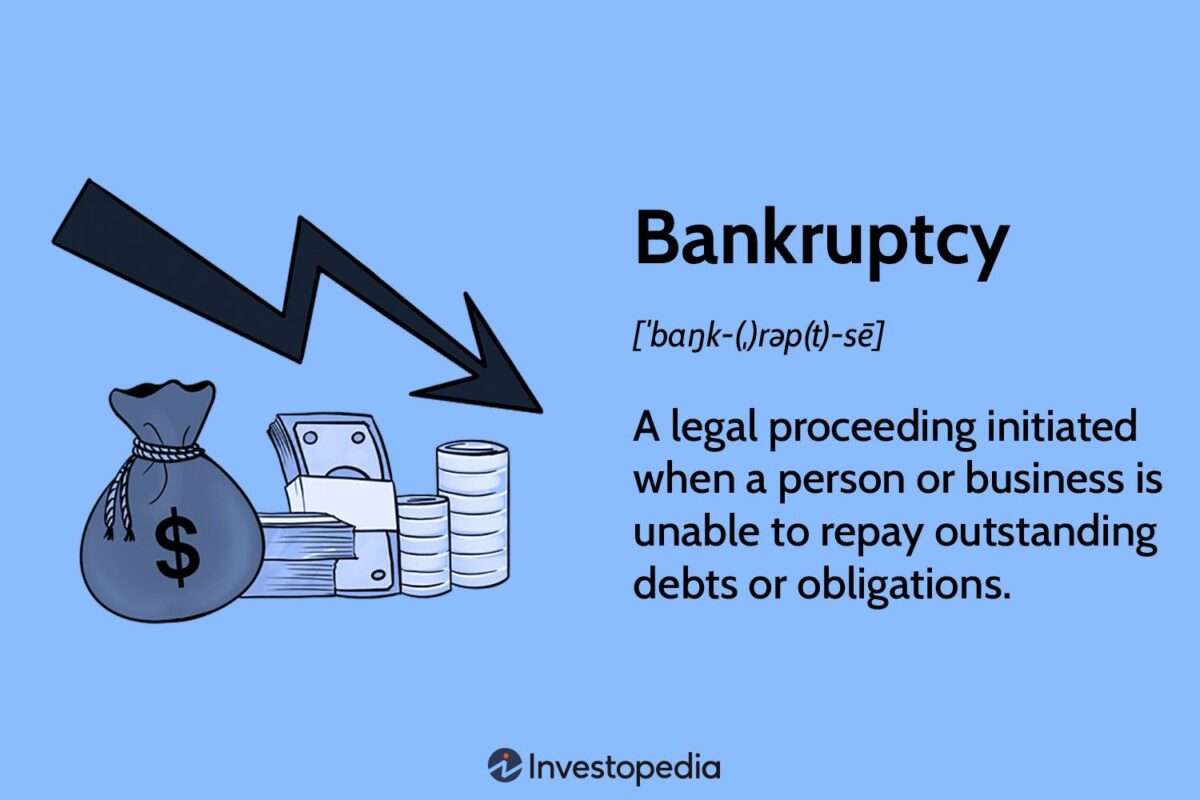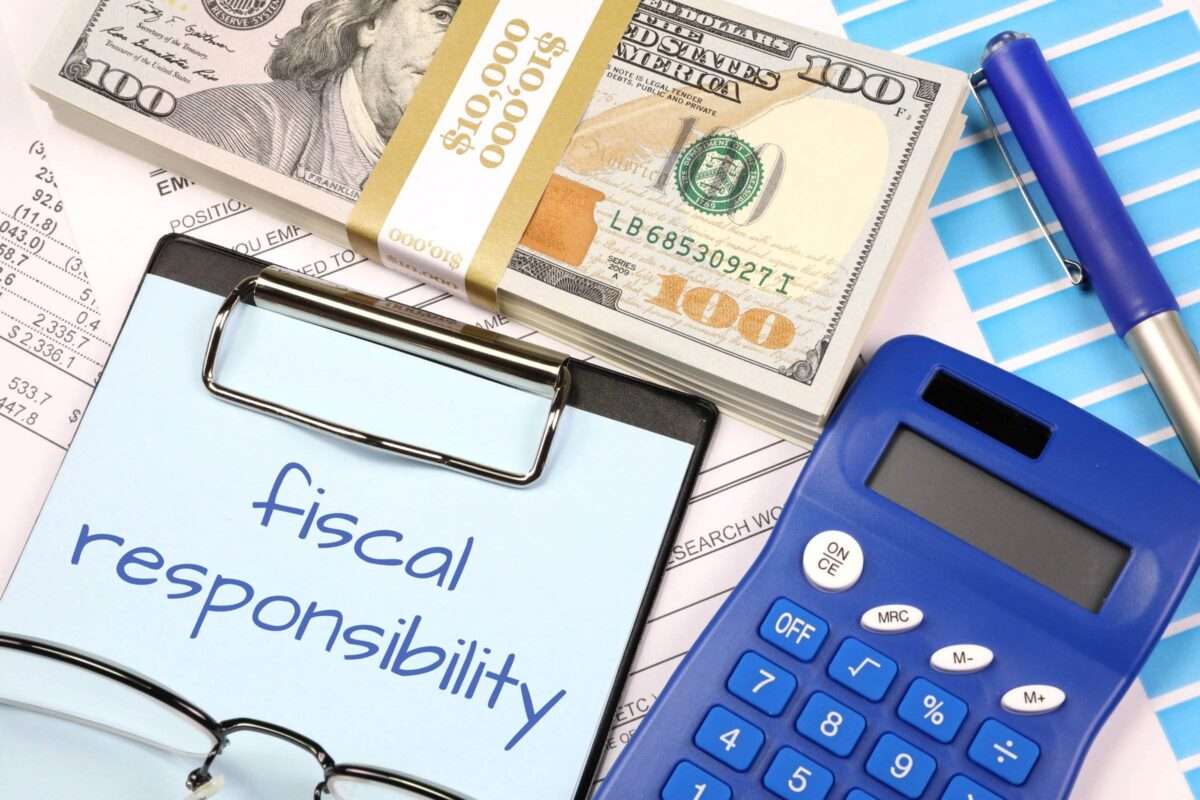
Introduction
In the complex financial landscape of the United States, three critical components play a pivotal role in shaping economic dynamics: credit, bankruptcy, and the U.S. national debt. Each of these elements is interconnected, influencing and being influenced by the others. In this article, we will delve into the intricate relationship between credit, bankruptcy, and the U.S. national debt, exploring their significance, impact on the economy, and potential future implications.
Credit: The Lifeblood of Economic Growth
Credit serves as the lifeblood of economic growth, enabling individuals and businesses to access capital for various purposes, such as buying homes, starting businesses, or funding education. When used responsibly, credit fosters investment, spurs economic activity, and contributes to the overall prosperity of a nation. However, when mismanaged, it can lead to financial instability and, in extreme cases, contribute to economic downturns.
Bankruptcy: A Safety Net and a Consequence
Despite the benefits of credit, not everyone manages to navigate the financial landscape unscathed. Bankruptcy serves as a safety net for individuals and businesses facing insurmountable debt, providing a legal framework to reorganize or discharge debts. It is a double-edged sword, offering relief to those in dire financial straits while carrying consequences for creditors and the broader economy.
Types of Bankruptcy

Chapter 7 and Chapter 13 bankruptcies are the most common forms for individuals, each providing a distinct approach to debt resolution. Chapter 7 involves the liquidation of assets to pay off debts, while Chapter 13 allows for a repayment plan over an extended period. Business bankruptcies, typically filed under Chapter 11, provide a similar avenue for restructuring.
U.S. National Debt: The Burden of Fiscal Policy
The U.S. national debt, a cumulative total of the government’s borrowing over time, has garnered significant attention in recent years. It is a reflection of fiscal policy, shaped by government spending, taxation, and economic conditions. While a certain level of debt is considered normal and even necessary to fund public initiatives and respond to economic crises, an unsustainable trajectory can pose risks to the overall economy.
Fiscal Policy and National Debt

As of the last available data, the U.S. national debt has reached unprecedented levels, raising concerns about its long-term implications. The accumulation of debt can lead to increased interest payments, diverting resources away from essential public services. Moreover, a high level of national debt may limit the government’s ability to respond effectively to future economic downturns.
Interconnected Threads: Credit, Bankruptcy, and the National Debt
The interplay between credit, bankruptcy, and the U.S. national debt is intricate and dynamic. Understanding these connections is essential for comprehending the broader economic landscape and predicting potential challenges and opportunities.
1. Credit as a Driver of Economic Growth
Credit plays a pivotal role in stimulating economic growth by facilitating consumption, investment, and entrepreneurship. As individuals and businesses access credit, they contribute to the expansion of various sectors, creating a multiplier effect that fuels economic activity.
2. Bankruptcy as a Safety Valve
Bankruptcy serves as a safety valve in a credit-driven economy, providing individuals and businesses with a legal process to address insurmountable debt. This mechanism allows for financial restructuring, providing a second chance for those facing financial adversity while allowing the broader economy to absorb and learn from financial setbacks.
3. National Debt as a Reflection of Fiscal Choices
The U.S. national debt reflects the fiscal choices made by the government. During economic downturns, increased spending and stimulus measures may lead to higher levels of debt. However, a sustained pattern of deficit spending without corresponding economic growth can contribute to an unsustainable national debt, raising concerns about the fiscal health of the nation.
Challenges and Implications

The intricate relationship between credit, bankruptcy, and the U.S. national debt presents both challenges and potential consequences for the economy.
1. Risks of Overreliance on Credit
An overreliance on credit can lead to financial bubbles and market distortions. The 2008 financial crisis, triggered by the collapse of the housing market, serves as a stark reminder of the risks associated with excessive lending and the interconnectedness of financial markets.
2. Consequences of Rising Bankruptcies
A surge in bankruptcy filings can strain the financial system, affecting lenders and investors. While bankruptcy provides relief for those facing financial hardship, a high number of filings may indicate systemic issues, prompting policymakers to reassess economic policies and regulations.
3. Long-Term Concerns Regarding the National Debt
The sustained increase in the U.S. national debt raises concerns about the government’s ability to manage its fiscal responsibilities. As interest payments on the debt consume a larger portion of the budget, the government may face challenges in funding essential programs, leading to potential cuts in public services or increased taxation.
Future Outlook

Addressing the challenges posed by the interconnected nature of credit, bankruptcy, and the national debt requires a comprehensive approach. Policymakers must strike a balance between promoting responsible lending practices, ensuring accessible avenues for debt resolution, and implementing prudent fiscal policies to manage the national debt.
1. Regulatory Reforms
Implementing and updating regulations that govern lending practices is crucial to prevent excessive risk-taking and protect consumers. Striking a balance between encouraging economic growth and preventing predatory lending practices requires ongoing evaluation and adjustment of regulatory frameworks.
2. Enhanced Financial Literacy
Improving financial literacy at both individual and corporate levels can mitigate the risks associated with mismanagement of credit. Educated consumers are better equipped to make informed financial decisions, reducing the likelihood of bankruptcy and contributing to a more resilient financial system.
3. Fiscal Responsibility

Policymakers must prioritize fiscal responsibility to ensure the long-term sustainability of the U.S. national debt. This involves making prudent spending decisions, evaluating the efficacy of government programs, and exploring revenue-generation measures to manage the debt burden effectively.
Conclusion
The intricate web of credit, bankruptcy, and the U.S. national debt weaves together to form the backbone of the nation’s economic landscape. As these elements interact, they shape the trajectory of economic growth, financial stability, and the overall well-being of individuals and businesses. Striking a delicate balance requires a multifaceted approach that considers regulatory reforms, financial literacy, and fiscal responsibility. By understanding the interconnected threads of credit, bankruptcy, and the national debt, policymakers and individuals alike can contribute to a more resilient and sustainable economic future.



One Comment on “Navigating the Nexus of Credit, Bankruptcy, and the U.S. National Debt”